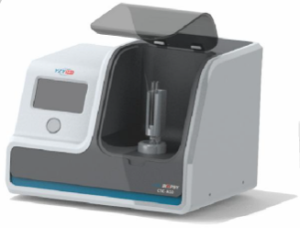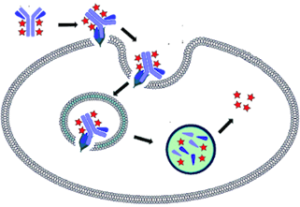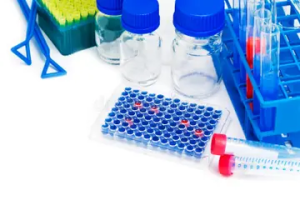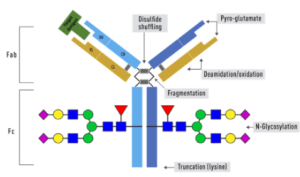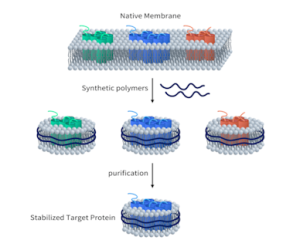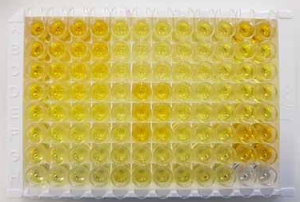| 目录: 11499 |
| 产品名称: Human DDR1 Protein |
| 规格: 10 µg, 50 µg and 100 µg |
| 基因符号: CAK;EDDR1;NEP;NTRK4;PTK3A;RTK6;TRKE;MCK-10;HGK2;CD167a |
| Target: DDR1 |
| UNIPROT ID: Q08345 |
| 描述: Recombinant human DDR1 Protein with C-terminal 6xHis tag |
| 背景: Receptor tyrosine kinases play a key role in the communication of cells with their microenvironment. These kinases are involved in the regulation of cell growth, differentiation and metabolism. The protein encoded by this gene belongs to a subfamily of tyrosine kinase receptors with homology to Dictyostelium discoideum protein discoidin I in their extracellular domain, and that are activated by various types of collagen. Expression of this protein is restricted to epithelial cells, particularly in the kidney, lung, gastrointestinal tract, and brain. In addition, it has been shown to be significantly overexpressed in several human tumors. Alternatively spliced transcript variants encoding different isoforms have been described for this gene. [provided by RefSeq, Feb 2011] |
| Species/Host: HEK293 |
| Molecular Weight: The protein has a predicted molecular mass of 44.8 kDa after removal of the signal peptide. The apparent molecular mass of DDR1-His is approximately 55-70 kDa due to glycosylation. |
| Molecular Characterization: DDR1(Asp21-Thr416) 6×His tag |
| 纯化:: The purity of the protein is greater than 85% as determined by SDS-PAGE and Coomassie blue staining. |
| Formulation & Reconstitution: Lyophilized from nanodisc solubilization buffer (20 mM Tris-HCl, 150 mM NaCl, pH 8.0). Normally 5% – 8% trehalose is added as protectants before lyophilization. |
| 储存和运输: Store at -20°C to -80°C for 12 months in lyophilized form. After reconstitution, if not intended for use within a month, aliquot and store at -80°C (Avoid repeated freezing and thawing). Lyophilized proteins are shipped at ambient temperature. |
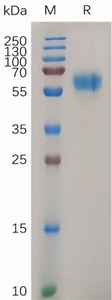
Figure 1. Human DDR1, His Tag on SDS-PAGE under reducing condition. |






